This is Edamame, a correspondent with children.
On February 3 (Sun), the 11th Chuo-ku Tourism Certification was held.
Although I applied for it, I realized that there was an extreme lack of preparation.
"Isn't it better to stop receiving it?"
I felt like I heard the devil's whisper
"It's meaningful to participate!" He inspired himself, saying, "It's meaningful to participate!", And the day before he violently solved the past questions and challenged it.
And now it's over.
I don't think it's good if I finish it with "I'm over, okay?"
What you care about from the lost or wrong problems?
I would like to focus on some of them.
That's why please associate with the "Edamame One Remorse Meeting" series for a while.
First of all, it is a question from this year's theme problem "Heisei no Chuo-ku".
Question 5 Of the following buildings in Chuo-ku, they were designated as important national cultural properties.
Which of the following is not Heisei?
A. Kachidokibashi A. Nihonbashi U.S. Mitsui Main Building E. Main Building of the Bank of Japan
・・To be honest, I wonder if there is such a point! It was a big sweat.
It is true that the historical value of modern buildings has been recognized as a matter of recent years.
In this way, all of them have the impression that they have been certified in Heisei (sweat like a waterfall).
That's why I removed it in the actual production.
I'll check it out.
A. Kachidokibashi
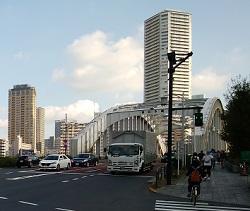
This Kachidokibashi is often used for the certification.
It was called "the best movable bridge in the Orient" and originally jumped five times a day.
Currently, opening and closing is suspended due to a decrease in the volume of ship operations.
Yeah.
Based on evaluation of "highly technically completed structure with the largest movable branch in Japan", etc.
It was designated as a national important cultural property in June 2007! ! !
So this is not the answer.
B. Nihonbashi
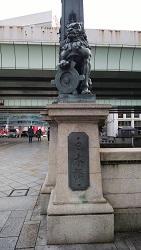
Nihonbashi, where the current bridge was built in 1911 (Meiji 44).
It's a place where there's no shortage of topics.
There are squares, docks and docks in the four Hashizume.
There's also a tourist information center.
However, the bridge itself that has exceeded the 100th anniversary of the bridge is also a frequent problem and must be checked.
The lion in the photo symbolizes "protection of Tokyo City" (frequency problem).
So Nihonbashi was designated as an Important Cultural Property in May 1999! !
That's why this is not the answer.
C. Mitsui Main Building
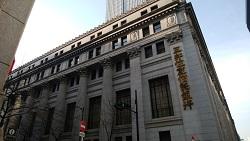
As you can see from the photo, the order column of "Colint type (which is frequent here)" is the order column.
The Mitsui Main Building is impressive.
The building was completed in 1929 as an office building for major Mitsui companies.
It seems that there is a large safe with a circular door weighing 50 tons underground.
(This is also questioned in the past.)
So, the Mitsui Main Building was designated as an Important Cultural Property in December 1998! !
So this is not the answer.
D. Main Building of the Bank of Japan
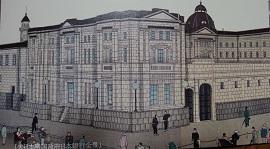
・・・ Don't say, "E is answered by the erasure method!"
In 1882, the Bank of Japan began its operations as a central bank in Japan.
I used the building of the Hokkaido Pioneering Envoy Tokyo branch office located under the Eitai Bridge.
Your design is Josaiah Condor. I'm a foreigner who was in charge of the design of Kanarukan.
(This is also a point that has been frequently asked for a long time.)
However, the facilities were narrow and the transportation was poor.
In Meiji 29 (1896), a new building was built and relocated.
This is the current main building of the Bank of Japan head office in Nihonbashi Honishi-cho, where "Koza" was located in the Edo period.
Kingo Tatsuno was in charge of the design. He's a disciple of Condor.
The model was the Belgian central bank (this has also been questioned in the past).
The design style is "Neo Baroque architecture" that combines the Baroque style and the Renaissance style.
About half of the building was burned down by the Great Kanto Earthquake, but repairs were made three years later.
An extension was made in the early Showa period, and it continues to this day.
And ... It was designated as an important cultural property in 1974! ! !!
Surprisingly, it was a long time before the other three.
So the correct answer was "E. The main building of the Bank of Japan Main Store"!
There are also many interesting exhibits at the "Mont Museum" right opposite the main building of the Bank of Japan.
After reviewing the test, why don't you take a walk around here? ?
"Edo Sakura-dori St.", where senior correspondent "CAM" was used the other day.
/archive/2019/02/11-12.html
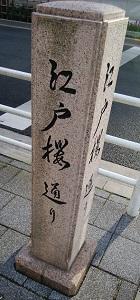
It is a road that passes from the main building of the Bank of Japan to Choredo Muromachi.
This also includes "Depa Underground" at Nihonbashi Mitsukoshi Main Store.
It's also perfect for a walk while looking for something delicious.
for a walk while looking for something delicious.
It  is especially recommended because
is especially recommended because  the row of cherry blossom trees is beautiful as the name suggests.
the row of cherry blossom trees is beautiful as the name suggests.
![]()
![]()
![]() it for lunch.
it for lunch.![]()
![]() .
.![]()
![]()
![]()
![]()
![]()
![]() is from 11:30 to 14:30 and dinner time
is from 11:30 to 14:30 and dinner time ![]() is from 17:30 to 22:00.
is from 17:30 to 22:00.![]()
![]()
![]()
![]()
![]()
![]()
![]()
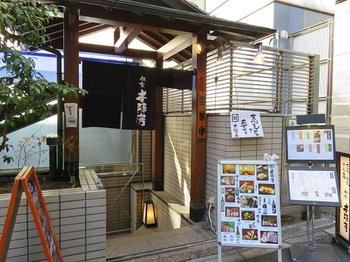
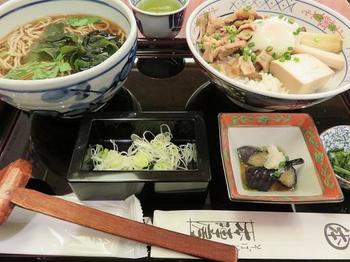
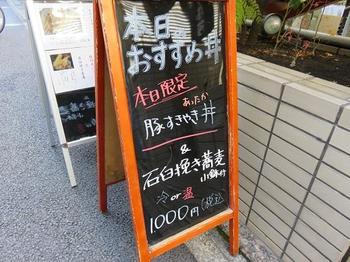





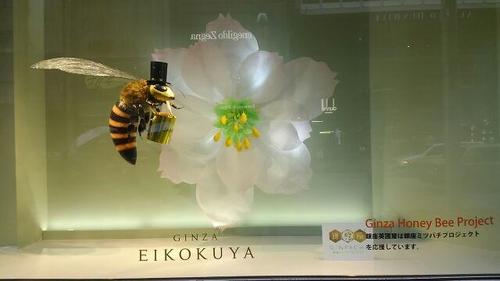
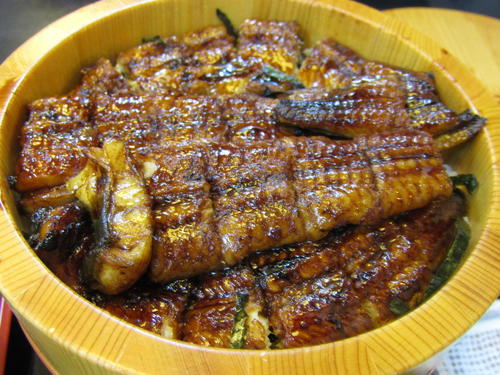
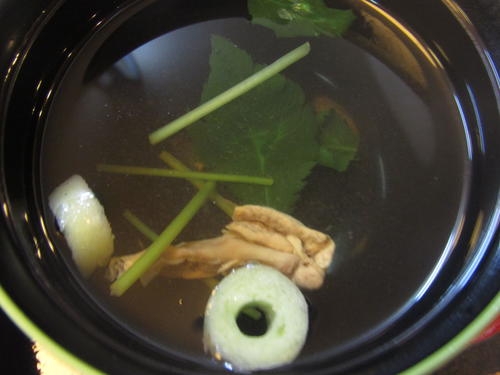



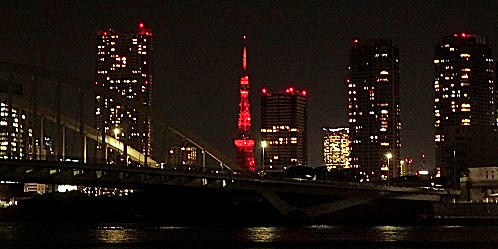
 On the night of February 4, old calendar's New Year's Eve in China, Tokyo Tower lights up "old calendar New Year's Red Light Up" to promote friendship between Japan and China.
On the night of February 4, old calendar's New Year's Eve in China, Tokyo Tower lights up "old calendar New Year's Red Light Up" to promote friendship between Japan and China.
